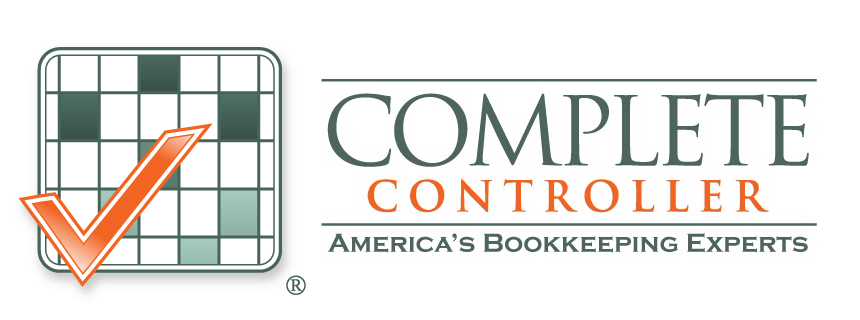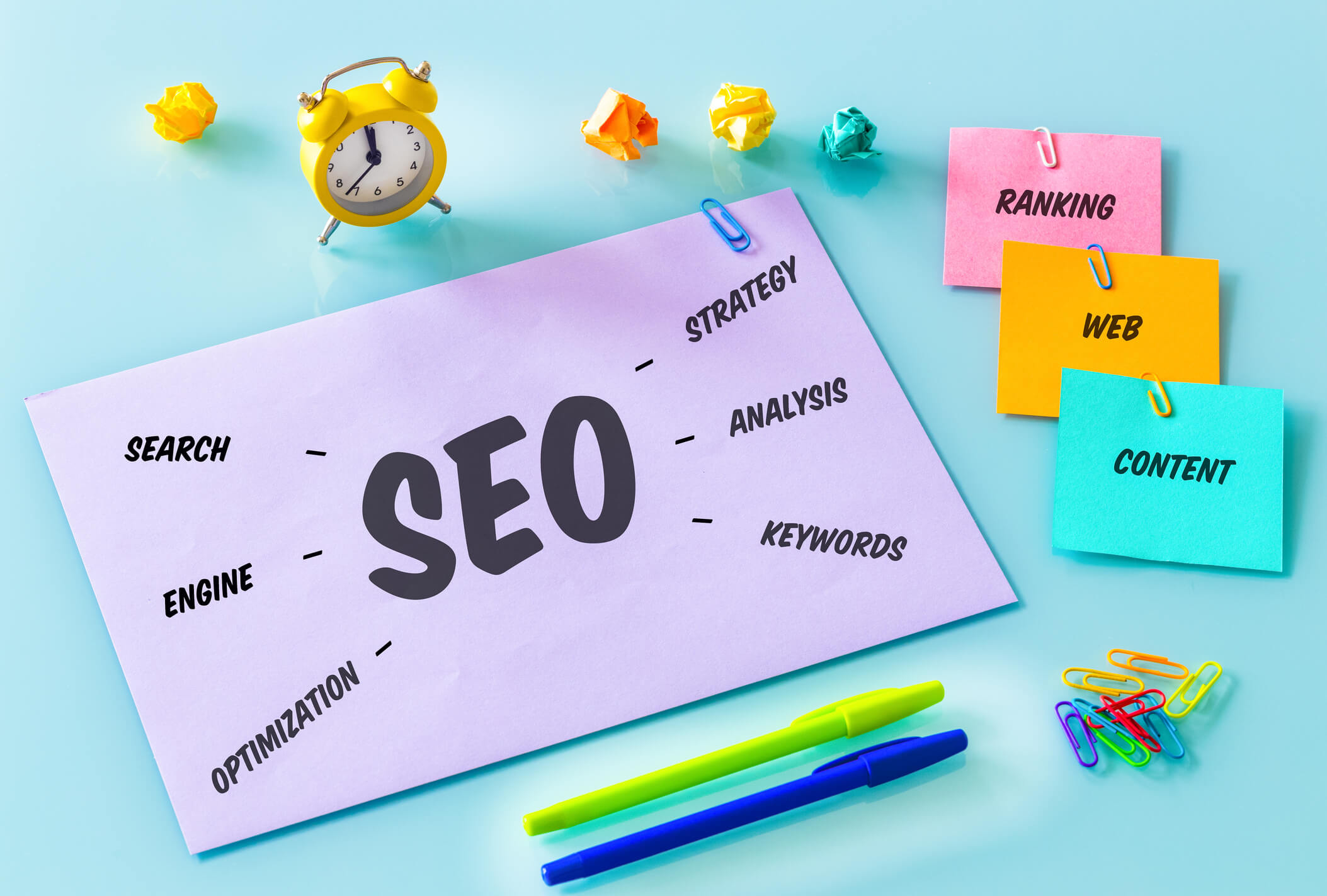Boost Your Business with Effective SEO & PPC Strategies
Effective SEO and PPC keywords form the cornerstone of successful digital marketing campaigns that drive targeted traffic, generate qualified leads, and deliver measurable business growth through strategic coordination of search engine optimization and pay-per-click advertising. When properly integrated, these dual strategies create powerful synergies that maximize online visibility while optimizing marketing budgets for both immediate conversions and sustainable long-term expansion.
As the founder of Complete Controller, I’ve spent over 20 years working with businesses across every industry imaginable, watching countless entrepreneurs struggle with the same digital marketing challenge: choosing between SEO for long-term growth or PPC for immediate results. The breakthrough comes when you realize it’s not an either-or decision. Our own marketing transformation began when we started treating SEO and PPC as dance partners rather than competitors—our lead generation increased by 138% within six months, while our customer acquisition costs dropped by 35%. This article reveals the exact strategies we used and shows you how to implement them in your business, regardless of size or budget.

What are effective SEO and PPC keywords?
- Effective SEO and PPC keywords are strategically selected search terms that target high-intent users across both organic search results and paid advertising platforms, maximizing visibility and conversions
- SEO keywords build long-term organic authority through content optimization, typically taking 3-6 months to show results but providing sustainable traffic without ongoing costs
- PPC keywords deliver immediate visibility through paid advertisements, requiring continuous investment but offering instant traffic and real-time performance data
- Integration involves using PPC data to validate SEO investments while leveraging organic content to improve paid campaign quality scores and reduce advertising costs
- Businesses implementing coordinated keyword strategies see 25-40% better overall performance compared to running separate, disconnected campaigns
Strategic Foundation of Keyword Integration
Modern digital marketing success hinges on understanding that search engine optimization and pay-per-click advertising amplify each other’s effectiveness when properly coordinated. The traditional siloed approach leaves significant opportunities untapped, particularly for small and medium businesses competing against enterprises with massive marketing budgets.
The strategic foundation begins with recognizing that keywords serve different purposes across channels while targeting the same audience. High-performing PPC keywords provide immediate data on user intent, conversion rates, and market demand that would take months to gather through organic efforts alone. Meanwhile, SEO builds lasting authority for these validated terms, creating sustainable traffic that reduces long-term advertising dependency.
Understanding search intent across channels
Search intent analysis forms the cornerstone of effective integration, requiring marketers to recognize how users behave differently when encountering paid versus organic results. Commercial searches with immediate purchase intent often perform better through PPC, while informational queries seeking education and research convert more effectively through comprehensive SEO content.
The same keyword can serve multiple intent stages simultaneously. “Cloud bookkeeping software” might indicate research needs in organic search while signaling purchase readiness in paid contexts. This nuance allows businesses to create coordinated messaging that guides users through complete journeys rather than treating each touchpoint independently.
Building comprehensive keyword portfolios
Effective portfolios balance immediate revenue opportunities with long-term positioning goals through strategic keyword selection:
- Short-tail commercial keywords require significant PPC investment but generate immediate results
- Long-tail informational queries build organic authority over time with higher conversion rates
- Branded terms protect market share while competitor keywords capture new audiences
- Local modifiers enhance relevance for geography-specific businesses
Research confirms that businesses using integrated approaches achieve 35-50% reductions in customer acquisition costs while maintaining or improving conversion performance. This improvement stems from better resource allocation, reduced keyword cannibalization, and consistent user experiences across touchpoints.
Advanced Keyword Research and Analysis Techniques
The evolution of keyword research in 2025 demands sophisticated approaches beyond traditional volume and competition metrics. Modern analysis must account for algorithm changes, PPC automation advances, and semantic search understanding. Successful businesses now employ multi-layered methodologies combining traditional tools with real-world performance data.
Advanced analysis begins with mapping the complete customer journey and identifying where different keyword types serve specific purposes. Awareness-stage keywords typically excel in SEO content marketing, while consideration and decision-stage terms generate better ROI through targeted PPC campaigns. The most effective strategies create approaches serving users at multiple stages simultaneously.
Leveraging PPC data for SEO insights
PPC campaigns provide invaluable real-time feedback that dramatically improves SEO strategy effectiveness. Cost-per-click data, conversion rates, and quality scores offer immediate performance insights that would take months through organic efforts alone. This data helps SEO teams prioritize content creation, identify high-value opportunities, and avoid investing in keywords with poor commercial potential.
Integration involves analyzing PPC metrics to identify user behavior patterns, seasonal trends, and competitive dynamics. Keywords with high click-through rates but low conversions might indicate content gaps for SEO to address. High-converting PPC keywords represent prime opportunities for long-term organic optimization efforts.
Competitive intelligence through integrated analysis
Combined analysis provides comprehensive competitive intelligence that neither channel delivers independently:
- PPC tools reveal competitors’ spending patterns and messaging strategies
- SEO analysis uncovers content strategies and link-building efforts
- Cross-channel tracking identifies market gaps and opportunities
- Seasonal campaign data informs year-round planning
Many businesses discover that competitors that are strong in organic search often neglect PPC opportunities, while PPC-focused competitors frequently lack robust organic strategies. This intelligence enables strategic positioning that captures overlooked market share.

Content Strategy Integration for Maximum Impact
Content strategy in the integrated landscape requires thinking beyond traditional formats to create comprehensive experiences that effectively serve both channels. Successful approaches develop themes leveraging multiple formats—from detailed SEO guides to concise PPC ad copy driving traffic to these resources.
Integration challenges involve creating content that meets SEO requirements while providing compelling calls to action that support PPC objectives. This means developing hierarchies where pillar pages build organic authority for broad topics while supporting pages target specific long-tail keywords, aligning with campaign structures.
Semantic SEO and ad copy alignment
Modern search engines understand context and intent rather than simply matching keywords, requiring strategies that align semantic meaning across organic content and paid advertising messages. Successful integration maintains consistent messaging, whether users encounter your brand through organic results or advertisements.
Alignment involves developing core frameworks that translate across different formats and contexts. Comprehensive SEO content messaging must distill into compelling PPC headlines, while successful ad elements should inform organic content tone and approach.
Landing page optimization for dual traffic sources
Landing pages serving both SEO and PPC traffic require a careful balance between optimization requirements:
- SEO pages need comprehensive content demonstrating expertise and authority
- PPC pages must focus on immediate conversions with minimal distractions
- Modular designs serve both purposes with prominent conversion elements
- Content depth provides context while maintaining clear action paths
By implementing this dual-purpose approach, iCONN Systems achieved a 327% increase in organic traffic over 24 months, with first-page rankings increasing by 482% while maintaining strong conversion rates from paid traffic.
Technical Implementation and Campaign Management
The technical implementation of integrated strategies requires coordination across platforms, tracking systems, and optimization processes. While managing both channels simultaneously significantly increases complexity, the performance benefits justify the additional overhead.
Successful implementation establishes unified tracking, providing visibility into cross-channel performance and user behavior. This includes proper attribution models, conversion tracking across channels, and reporting frameworks showing integrated performance rather than isolated metrics.
Automation and smart bidding integration
PPC automation in 2025 offers sophisticated capabilities that, when properly configured, inform and optimize SEO efforts. Smart bidding algorithms provide real-time feedback on keyword performance, audience behavior, and competitive dynamics, guiding content creation priorities.
Integration involves configuring automation tools to share performance data while preventing channel competition:
- Automated bidding strategies account for organic keyword performance
- Negative keyword lists prevent paid/organic cannibalization
- Quality score improvements from SEO reduce PPC costs
- Campaign structures align with content hierarchies
Performance tracking and attribution
Measuring integrated performance requires sophisticated attribution models accounting for multi-touch journeys and cross-channel influences. Users often interact with both organic and paid results during decision-making, making last-click attribution inadequate for understanding true performance.
Effective measurement tracks behavior across touchpoints, identifies each channel’s conversion role, and provides optimization insights impossible when analyzing channels independently. This includes understanding how organic exposure influences PPC conversion rates and how campaigns affect brand search volume.
Cost-Effective Implementation for Small Businesses
Small businesses face unique implementation challenges around budget constraints and resource limitations. However, coordination benefits often prove more significant for smaller companies, enabling efficient resource allocation and leveling the playing field against larger competitors.
Cost-effective implementation prioritizes high-impact activities serving both objectives simultaneously. Focus on commercial-intent keywords where PPC quickly validates SEO investments, while developing content assets supporting both organic authority and paid conversion optimization.
Budget allocation and resource management
Effective budget management requires understanding different timelines and investment patterns for each channel’s success:
- Short-term strategy: Allocate 60-75% to PPC for immediate results, 25-40% to SEO
- Long-term strategy: Shift to 25-40% PPC maintenance, 60-75% SEO growth
- Use PPC to validate opportunities before SEO investment
- Leverage SEO content to improve quality scores and reduce costs
This creates self-reinforcing cycles where each channel’s success enhances the other’s performance, maximizing return on limited budgets.
Scaling strategies for growing businesses
As businesses grow, integrated strategies must evolve to handle increased complexity while maintaining coordination benefits that drive superior performance. Scaling involves developing systems that maintain integration advantages as volume increases.
Successful scaling focuses on automation and systematic approaches, reducing manual overhead:
- Template approaches for content creation across channels
- Standardized keyword research and analysis processes
- Automated reporting, maintaining cross-channel visibility
- Team structures supporting collaboration over silos
Measuring Success and Optimizing Performance
Performance measurement in integrated campaigns requires metrics reflecting coordinated strategy rather than independent channel treatment. Traditional metrics provide incomplete pictures when channels work together, achieving common objectives.
Comprehensive measurement tracks business-level metrics, including total acquisition costs, lifetime value improvements, and market share growth reflecting combined efforts. These metrics provide clearer strategy insights guiding optimization,n improving overall performance.
ROI analysis and business impact assessment
ROI analysis must account for synergistic effects when channels work together effectively. Users exposed to both results often show higher conversion rates and transaction values, but traditional attribution often misses these effects.
A private religious university implementing integrated strategies saw a 138% increase in paid conversions and a 159% organic traffic growth, demonstrating measurable business impact. Amazon brands achieve 35-50% customer acquisition cost reductions through integration, yet 85% of sellers still operate channels independently.
Continuous optimization and strategy evolution
The digital landscape requires strategies that adapt continuously while maintaining coordination benefits. This involves staying current with platform changes, algorithm updates, and feature releases that affect effectiveness.
Optimization focuses on testing methodologies, improving both channels simultaneously:
- • A/B testing, measuring cross-channel impacts
- • Content optimization serving dual objectives
- • Keyword expansion identifying integration opportunities
- • Performance analysis revealing optimization priorities
Conclusion
Throughout my journey building Complete Controller, I’ve witnessed firsthand how integrated SEO and PPC strategies transform business performance. The future belongs to businesses that coordinate these powerful channels rather than treating them as competing priorities. Effective keywords aren’t just search terms—they’re strategic assets that maximize online presence while optimizing every marketing dollar for maximum impact.
Businesses thriving in 2025 and beyond will embrace integration, use cross-channel data for strategic decisions, and create experiences guiding prospects through complete journeys. The evidence is clear: coordinated strategies deliver 35-50% better results than siloed approaches. Ready to transform your business with proven SEO and PPC integration strategies? Visit Complete Controller to discover how our expertise can drive real results for your business growth.

Frequently Asked Questions About Effective SEO and PPC Keywords
What makes SEO and PPC keywords “effective” for business growth?
Effective keywords target high-intent users actively searching for your products or services, have reasonable competition levels allowing profitable targeting, and align with business objectives for both immediate conversions and long-term growth. They bridge the gap between instant PPC visibility and sustainable SEO authority.
How do I integrate SEO and PPC keyword strategies without causing channel conflict?
Successful integration uses PPC data to inform SEO content priorities while targeting complementary search intents. Focus PPC on immediate commercial keywords while building SEO authority for informational and long-tail variations. Implement negative keyword lists preventing self-competition.
What’s the ideal budget split between SEO and PPC for small businesses?
Most successful small businesses allocate 60-75% to PPC for immediate results and 25-40% to SEO initially. As SEO gains traction over 6-12 months, shift to 25-40% PPC maintenance and 60-75% SEO growth. Your specific split depends on industry competition and revenue needs.
How long does it take to see results from integrated SEO and PPC strategies?
PPC results appear immediately upon launch, while SEO benefits emerge within 3-6 months. Integration benefits—improved quality scores, better organic click-through rates, and enhanced brand recognition—typically become apparent within 2-3 months of coordinated implementation.
Can I manage integrated SEO and PPC campaigns without technical expertise?
Basic integration is possible using platform tools and templates, but optimal results require technical knowledge of tracking, attribution, and optimization. Many businesses benefit from experienced agencies understanding both channels and their interaction effects for maximum performance.
Sources
- 310 Creative. “18 Most Effective SEO Techniques To Grow Organic Traffic In 2025.” www.310creative.com/seo-techniques-2025
- BrightEdge. (2019). “Organic Share of Traffic Increases to 53%.” www.brightedge.com/blog/organic-share-of-traffic-increases-to-53
- Canopy Management. (2025). “Integrating Amazon SEO and PPC: The Secret to Lower Ad Costs and Higher Conversions.” www.canopymanagement.com/seo-ppc-integration-lower-ad-costs-higher-conversions
- Carnegie Higher Ed. (2024). “Search Engine Marketing: Leverage SEO & PPC Together.” www.carnegiehighered.com/blog/power-of-search-engine-marketing-seo-ppc
- Higo Creative. (2024). “Organic Search Vs Paid Search (40+ Statistics).” www.higocreative.com/blog/organic-search-vs-paid-search
- Kuno Creative. (2025). “HubSpot SEO Case Study: Organic Traffic +327%.” www.kunocreative.com/hubspot-seo-case-study
 About Complete Controller® – America’s Bookkeeping Experts Complete Controller is the Nation’s Leader in virtual bookkeeping, providing service to businesses and households alike. Utilizing Complete Controller’s technology, clients gain access to a cloud platform where their QuickBooks™️ file, critical financial documents, and back-office tools are hosted in an efficient SSO environment. Complete Controller’s team of certified US-based accounting professionals provide bookkeeping, record storage, performance reporting, and controller services including training, cash-flow management, budgeting and forecasting, process and controls advisement, and bill-pay. With flat-rate service plans, Complete Controller is the most cost-effective expert accounting solution for business, family-office, trusts, and households of any size or complexity.
About Complete Controller® – America’s Bookkeeping Experts Complete Controller is the Nation’s Leader in virtual bookkeeping, providing service to businesses and households alike. Utilizing Complete Controller’s technology, clients gain access to a cloud platform where their QuickBooks™️ file, critical financial documents, and back-office tools are hosted in an efficient SSO environment. Complete Controller’s team of certified US-based accounting professionals provide bookkeeping, record storage, performance reporting, and controller services including training, cash-flow management, budgeting and forecasting, process and controls advisement, and bill-pay. With flat-rate service plans, Complete Controller is the most cost-effective expert accounting solution for business, family-office, trusts, and households of any size or complexity.
 Reviewed By:
Reviewed By:




